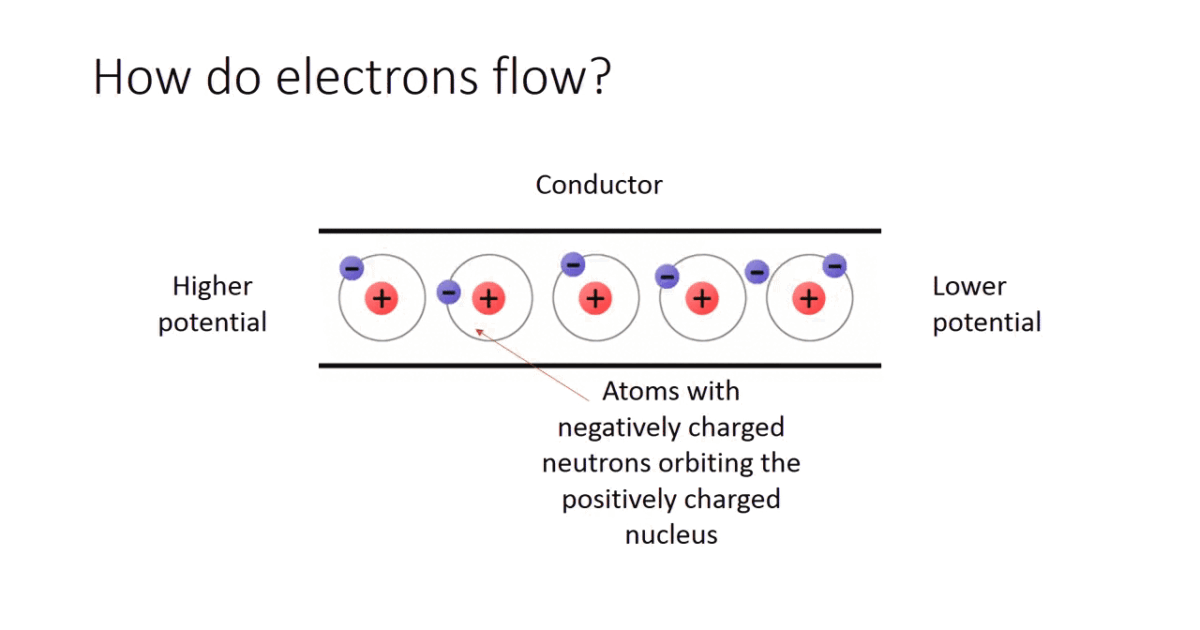Electricity Notes Class 10th contains two parts Electrostatics in chapter 11 and Electromagnetism in chapter 12. But in this post we will cover only Chapter 11 Electricity for notes.
Your Electricity chapter contain total 7 marks in your CBSE Board Exam 2024. You may get 2 MCQs of 1 marks each and a 5 marks long answer question in section D.
It means preparing this chapter can benefit in scoring in Science Exam. Students can score this chapter because it more practical, conceptual and easy to learn and understand.
To save time during exam days, you just need Electricity Notes so that you can retain important definitions, formulae, units and concepts. And we have created that here.
Short Electricity Notes Class 10th Chapter 11
Electric Charge:
Electric charge is a fundamental property of matter.
There are two types of charges: positive (+) and negative (-).
Like charges repel each other, while opposite charges attract.
Conductors and Insulators:
Conductors are materials that allow electric charges to flow easily. Examples include copper and aluminum.
Insulators are materials that inhibit the flow of electric charges. Examples include rubber, plastic, and glass.
Current, Voltage, and Resistance:
Electric Current (I) is the flow of electric charges through a conductor. It is measured in Amperes (A).
Voltage (V) is the electrical potential difference between two points and is measured in Volts (V).
Resistance (R) is a property of a material that opposes the flow of electric current. It’s measured in Ohms (Ω).
The relationship between voltage, current, and resistance is given by Ohm’s Law: V = I * R.
Circuits:
An electric circuit is a closed path through which electric current can flow.
Circuits can be series or parallel. In a series circuit, current has only one path to flow, while in a parallel circuit, current can split into multiple paths.
Resistors: Components that introduce resistance into a circuit to control the flow of current.
Direct Current (DC) and Alternating Current (AC):
Direct Current (DC) flows in one direction and is often produced by batteries and DC power sources.
Alternating Current (AC) changes direction periodically. It’s the type of current used in most household and industrial applications.
Now we will cover complete chapter topics notes. Below you will see the short notes for the following topics:
ELECTRIC CURRENT AND CIRCUIT
Electric Current

An Electric current refers to the flow of electric charge in a conductor. It is measured in amperes (A) and is represented by the symbol “I.”
Electric current can take two forms: direct current (DC) and alternating current (AC).
Direct Current (DC):
- In a DC circuit, electric charge flows in one direction, from the positive terminal of a voltage source (like a battery) to the negative terminal.
- DC is commonly used in batteries and electronic devices where a constant voltage is required.
Alternating Current (AC):
- In an AC circuit, the direction of electric charge periodically reverses, usually at a fixed frequency (measured in Hertz, Hz).
- AC is what is commonly delivered to homes and businesses by power utilities. It can be easily transformed into different voltages using transformers, making it suitable for long-distance transmission.
Electric current is governed by Ohm’s law, which relates current (I), voltage (V), and resistance (R) in a circuit:
[I = $\frac{V}{R}$]
Where:
- (I) is the current in amperes (A).
- (V) is the voltage in volts (V).
- (R) is the resistance in ohms (Ω).
Without a voltage difference (also known as an electric potential difference) in an electrical circuit, there will be no electric current. Voltage is the force or push that causes electric charges (like electrons) to move through a conductor (like a wire).In simpler terms: -Voltage is what makes electric charges move. -Current is the flow of those electric charges.
Electric Circuit
In a circuit, various components can affect the flow of electric current:
- Resistors: These components impede the flow of current and are characterized by their resistance (measured in ohms, Ω).
- Capacitors: These store and release electrical energy and can influence the rate of change of voltage in a circuit.
- Inductors: These store energy in a magnetic field and can influence the rate of change of current in a circuit.
- Voltage Sources: These provide the electromotive force (EMF) that drives the current through the circuit. Batteries and generators are common examples.
- Switches: These control the flow of current by opening or closing a circuit.
- Wires and Conductors: These provide the physical pathways for the current to travel through the circuit.
Circuits can be connected in various ways:
- Series Circuit: Components are connected end-to-end, creating a single pathway for current. The same current flows through all components, and the total resistance is the sum of individual resistances.
- Parallel Circuit: Components are connected in multiple pathways, allowing current to take different routes. Voltage across each component is the same, but the total current is the sum of the currents through individual branches.
- Mixed Circuit: A combination of series and parallel components within a circuit.
